
Leaders leave legacies. Since its founding, Eastern has been blessed by transformative leaders who have guided and directed the institution while remaining faithful to its lasting mission. Here, we honor the seventeen presidents who have helped to steward Eastern's impact throughout the last century.
Charles T. Ball

President of Eastern Baptist Theological Seminary
(1925 -1926)
Rev. Dr. Charles T. Ball was both founder and first president of Eastern Baptist Theological Seminary (now Palmer Theological Seminary) in 1925, as well as a professor of psychology of religion.
A man of vision and a skillful promoter of the Seminary’s mission, he served as president for just one year.
Austen K. de Blois
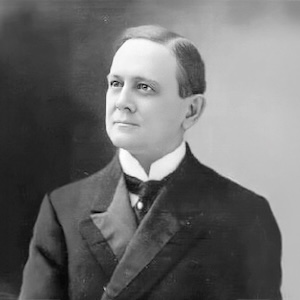
President of Eastern Baptist Theological Seminary (1926 -1936)
In the spring of 1926, Dr. Austen K. de Blois was recruited from his co-editor role at The Watchman-Examiner, a Baptist periodical, to serve as president of EBTS.
The Canadian Baptist had a can-do attitude and a plan to match. His most memorable quality was his love of books, so it was no wonder that the Seminary library was named after him in 1936, as he had helped grow the collection to 8,000 volumes.
Gordon Palmer
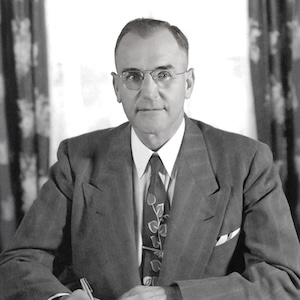 President of Eastern Baptist Theological Seminary (1936 -1948)
President of Eastern Baptist Theological Seminary (1936 -1948)
It is no surprise that the namesake for Palmer Theological Seminary is the longest-serving seminary president, Dr. Gordon Palmer.
Dr. Palmer served as a pastor and chaplain for the U.S. Army from 1917-1919. Known as a true man of God, Palmer was dedicated to lending financial aid to the seminarians, including the development of scholarships and other funds to aid the Seminary. This task was made all the more difficult thanks to the country's recession as well as World War II, but Palmer was able to navigate the stormy waters while simultaneously revising the curriculum and addressing accreditation. He is most well-known for moving the Seminary campus from Rittenhouse Square to Wynnewood. Until its next president arrived in 1950, the leadership of the Seminary was placed in the hands of a Steering Committee, co-chaired by Dean Carl Morgan and Treasurer Harvey Bartle.
Gilbert L. Guffin
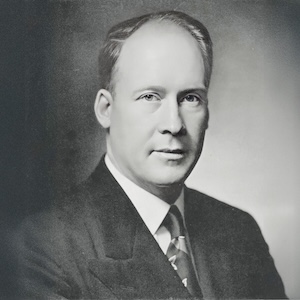 President of Eastern Baptist Theological Seminary (1950-1961) & Eastern Baptist College (1952-1961)
President of Eastern Baptist Theological Seminary (1950-1961) & Eastern Baptist College (1952-1961)
Dr. Gilbert Guffin was soft-spoken and cultured, a very spiritual leader of the institutions and a natural problem solver. Guffin was also the first alumnus to serve as President of both institutions.
In 1952, a dilemma arose: accreditation could not be given while the collegiate department (started in 1932) stayed on Wynnewood's campus, and so the search began to locate a home for Eastern Baptist College (EBC). Guffin led the purchase of the Walmarthon Estate, the Bonalthon, and Taggart properties and oversaw the transition of the collegiate department to the St. Davids campus, thus becoming president of both EBTS and EBC.
Thomas B. McDormand
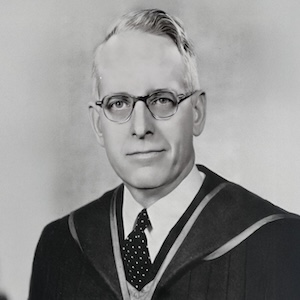 President of Eastern Baptist Theological Seminary & Eastern Baptist College (1961-1967)
President of Eastern Baptist Theological Seminary & Eastern Baptist College (1961-1967)
Energetic and witty, Dr. Thomas McDormand, the institution's second Canadian president, loved to send frequent memos to the community.
He described himself as “theologically conservative, strongly evangelical, and in full agreement with Eastern's doctrinal statement,” and he loved to entertain Seminary and College faculty at his home.
J. Lester Harnish
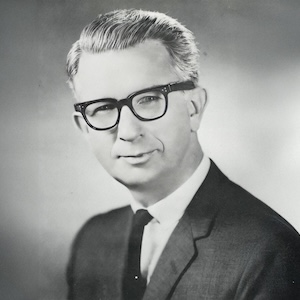 President of Eastern Baptist Theological Seminary & Eastern Baptist College (1968 -1972)
President of Eastern Baptist Theological Seminary & Eastern Baptist College (1968 -1972)
Dr. J. Lester Harnish was the sixth president of EBTS and third for EBC. Harnish was made president to "right the ship," as there had been chatter about the seminary drifting from conservative theological moorings. Much of Harnish's presidency was occupied with positive responses to the Civil Rights movement – much of which could have been construed as radical during the time.
During Harnish's presidency, Wallace Smith was a student at the Seminary and later became the first African American professor, not to mention future president of the Seminary. In 1972, Ruth McFarland became the first female administrator in the Seminary's history as the registrar. And, in an effort to foster additional inclusiveness, Eastern Baptist College dropped the “Baptist” in its name in 1971.
Harnish was passionate about fundraising, and was able to raise money for improvements on Palmer Hall, including new apartments for married students with children.
Henry R. Osgood
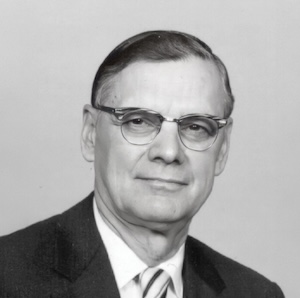 Acting President of Eastern Baptist Theological Seminary & Eastern College
Acting President of Eastern Baptist Theological Seminary & Eastern College
(1972- 1973)
Rev. Dr. Henry Osgood was a Seminary alumnus and graduated in 1932 during the de Blois presidency.
As acting president from 1972-1973, he covered the gap year as a stabilizing and positive influence, attempting to build unity and harmony between the Seminary and College.
Daniel E. Weiss
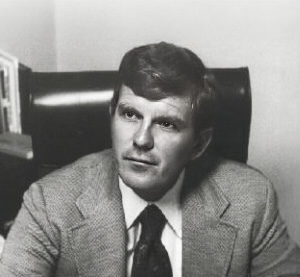 President of Eastern Baptist Theological Seminary & Eastern College (1973 -1981)
President of Eastern Baptist Theological Seminary & Eastern College (1973 -1981)
New blood was needed at Eastern, and it came in the form of Dr. Daniel E. Weiss. Weiss was the youngest president to serve the Seminary and College at age 35 and was a very effective fundraiser. His decisive leadership with balanced theological views also allowed the institutions to take steps to promote increased sensitivity and progress in race relations. Under his presidency, Ronald J. Sider became the first non-Baptist professor in 1978, and Orlando Costas became the Thornley B. Wood Professor of Missiology and director of Hispanic Studies in 1979.
Robert A. Seiple
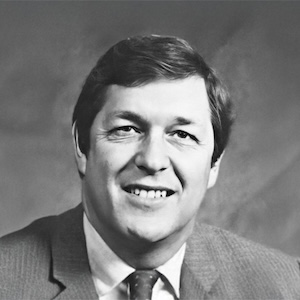 President of Eastern Baptist Theological Seminary & Eastern College (1983 -1987)
President of Eastern Baptist Theological Seminary & Eastern College (1983 -1987)
The 1980s were a time of great financial crisis and turnover for Eastern. Amid this turmoil, Dr. Robert A. Seiple entered as the eighth president of the Seminary and sixth of the College. Seiple had served as a marine navigator during the Vietnam War, so he knew about handling rough waters and was qualified to suggest that the Board split the Seminary and College administratively for financial stability. Unlike previous presidents, Seiple had no formal theological or pastoral experience but made up for it with passionate theological research.
Robert C. Campbell
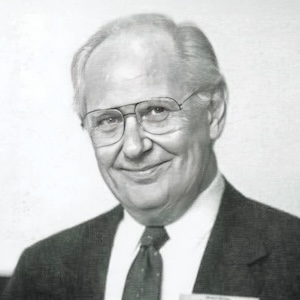 President of Eastern Baptist Theological Seminary (1987- 1989)
President of Eastern Baptist Theological Seminary (1987- 1989)
Dr. Robert C. Campbell was named the ninth president of Eastern Baptist Theological Seminary. An alumnus, he taught Biblical Languages at the Seminary and Religion at Eastern College.
At 63, he was the Seminary’s oldest president and, unfortunately, inherited significant financial trouble. He did his best to shepherd the Seminary through difficult times before retiring in 1989.
Roberta Hestenes
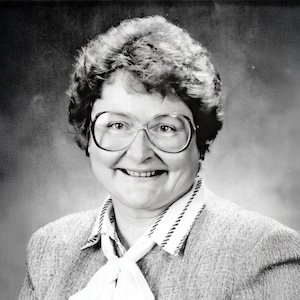 President of Eastern College (1987- 1996)
President of Eastern College (1987- 1996)
Seiple's suggestion to separate the Eastern institutions went into effect in 1987 when two presidents were appointed. Dr. Roberta Hestenes was named the seventh president of Eastern College, and the first for only the College. She also bears the distinction of being the first female president of either institution.
Hestenes was an advocate for diversity, a champion of justice, a protector of the environment, and a devoted follower of Jesus Christ. While at Eastern, Hestenes founded the Hestenes Center for Christian Women in Leadership and received the Freedoms Foundation Award and George Washington Honor Medal for a leadership program entitled “Taking Charge.”
Before leaving Eastern, Hestenes had overseen the beginnings of the Fast- Track MBA and Degree Completion programs, ensuring Eastern maintained excellent academic standards.
Manfred Brauch
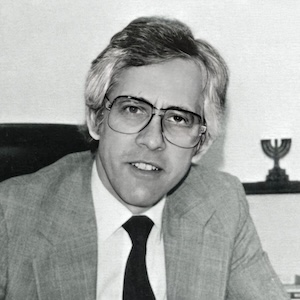 Acting President of Eastern Baptist Theological Seminary & Eastern College (1981-1983)
Acting President of Eastern Baptist Theological Seminary & Eastern College (1981-1983)
Acting President of Eastern Baptist Theological Seminary (1989-1990)
President of Eastern Baptist Theological Seminary (1990-1997)
Originally the vice president, dean, and professor of New Testament interpretation at Eastern Baptist Theological Seminary, German native Dr. Manfred Brauch stepped into a brief role as interim president from 1981-1983 following Weiss’ retirement. He served in this role long enough that he is considered the fifth president of Eastern College, at least in a numerical sense.
Manfred Brauch also returned as acting president of the Seminary for a year in 1989 before being named the official tenth president of the Seminary in 1990. During his seven-year presidency, he helped turn the Seminary around, keeping it afloat financially, spreading the Seminary's mission, and navigating growing pains. He also celebrated the Seminary's successes, including the discovery of a Mozart manuscript in 1990, the establishment of the West Virginia campus, and even the first website in 1996.
At the end of his presidency, Brauch started the Forward in Faithfulness campaign, paving the way towards financial stability for the Seminary.
Wallace C. Smith
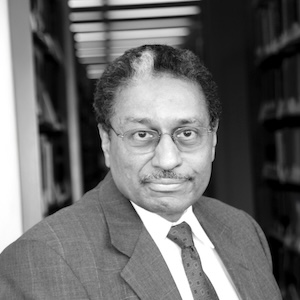 President of Palmer Theological Seminary (2005 - 2010)
President of Palmer Theological Seminary (2005 - 2010)
Before returning to the College, we must mention the last president to serve the Seminary as a separate entity: Rev. Dr. Wallace C. Smith. Smith was president of newly renamed Palmer Theological Seminary, having undergone its name change the very year Smith was installed as president. Prior to being president, Smith was well-acquainted with the Seminary, having been a student and returning as the first African American to become full-time faculty.
Smith presided over the final years of the Seminary at the Wynnewood location. While there, he celebrated the Seminary's discovery of yet another famous musical composition, this one a Beethoven manuscript that was sold for $1.72 million in London. He also helped establish the Frank B. Mitchell lecture series, which continues to this day, as well as the Smith School of Christian Ministry in 2009.
R. Scott Rodin
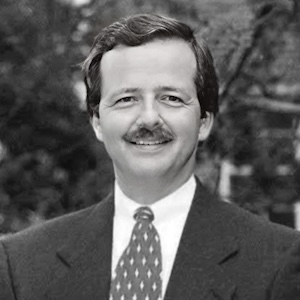 Acting President of Eastern Baptist Theological Seminary (1997-1998)
Acting President of Eastern Baptist Theological Seminary (1997-1998)
President of Eastern Baptist Theological Seminary (1998-2002)
Following Dr. Brauch, Dr. R. Scott Rodin started as acting president of the Seminary for a year before transitioning into the official 11th president of EBTS from 1998- 2002. Similarly, Rodin was no stranger to Eastern, having been the vice president for advancement of the Seminary in 1993.
The Forward in Faithfulness campaign flourished under his leadership, leading to much-needed improvements for the Wynnewood campus and the creation of the Seminary's distance-learning program, which has only expanded since his departure.
David R. Black
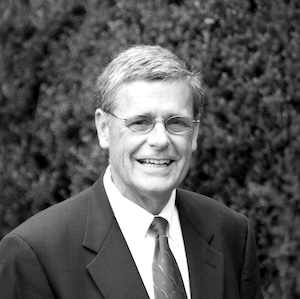 President of Eastern College/University (1997-2012) & Palmer Theological Seminary (2010-2012)
President of Eastern College/University (1997-2012) & Palmer Theological Seminary (2010-2012)
Following Hestenes' retirement in 1996, Eastern College hired Dr. David R. Black as its president, who would become the longest-serving College president.
Black's presidency was marked by the apropos phrase, “a man of many hats.” Black first served as president of only Eastern College, then Eastern University when the institution obtained university status in 2001, and then president of both the University and Seminary in 2010 when Smith retired.
Enthusiastic and driven, Black also oversaw many of the changes on the University's campus, from construction projects to the establishment of Templeton Honors College, the School of Leadership and Development, the Campolo School for Social Change, and Esperanza College. Thus, his stamp remains on many aspects of Eastern’s current landscape.
Robert G. Duffett
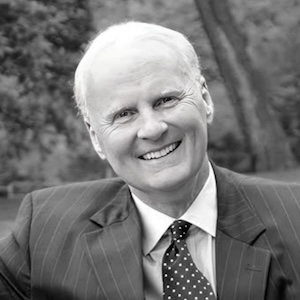 President of Eastern University & Palmer Theological Seminary (2013 -2018)
President of Eastern University & Palmer Theological Seminary (2013 -2018)
Ninth president of the University, Dr. Robert G. Duffett, was also the 13th president of Palmer Theological Seminary.
As president of Eastern University, Duffett's largest contributions include creating a Campus Master Plan, reorganizing the colleges and schools of the University, and relocating Palmer Theological Seminary to the St. Davids campus. He also oversaw the Diversity and Inclusion Task Force to create and facilitate a more inclusive community.
Ronald A. Matthews
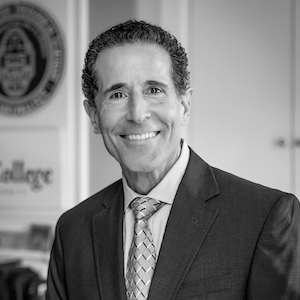 President of Eastern University & Palmer Theological Seminary (2018- Present)
President of Eastern University & Palmer Theological Seminary (2018- Present)
As the 10th president of the University and 14th of the Seminary, Dr. Ronald A. Matthews has been a member of the community since 1992, when he first served as professor and then chair of the Music Department.
Matthews guided the University through the COVID-19 pandemic with the transition to temporary fully online learning. During the pandemic, the University launched a new series of fully online, affordable, and flexible programs called “LifeFlex programs,” which proved to be highly successful. The University also updated and clarified its Vision, Mission, and Values in 2022.
Since then, under the leadership of Matthews, enrollment has nearly tripled and grown to its largest in the University’s history, continuing to expand programmatic offerings to make an Eastern education excellent, accessible, and affordable.

